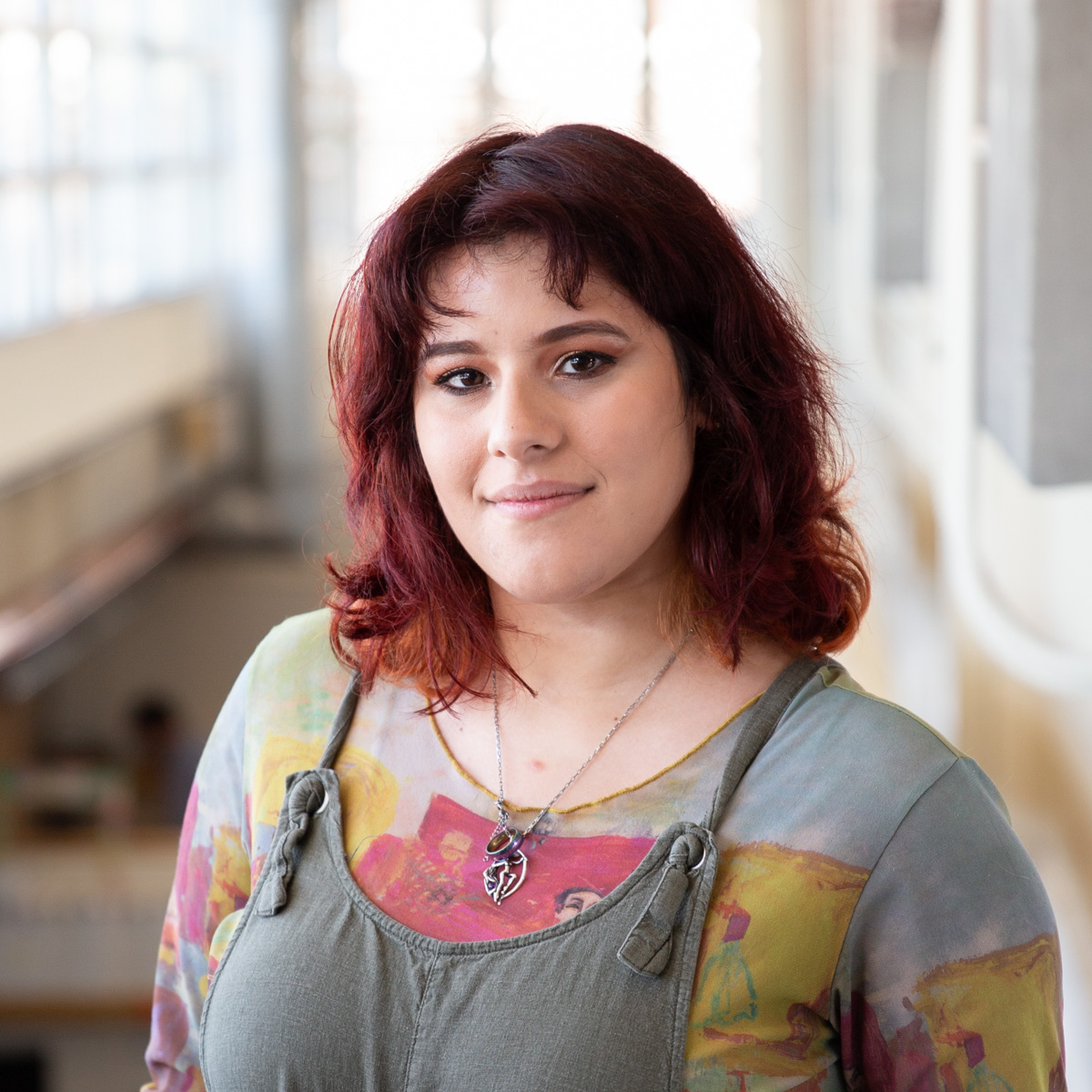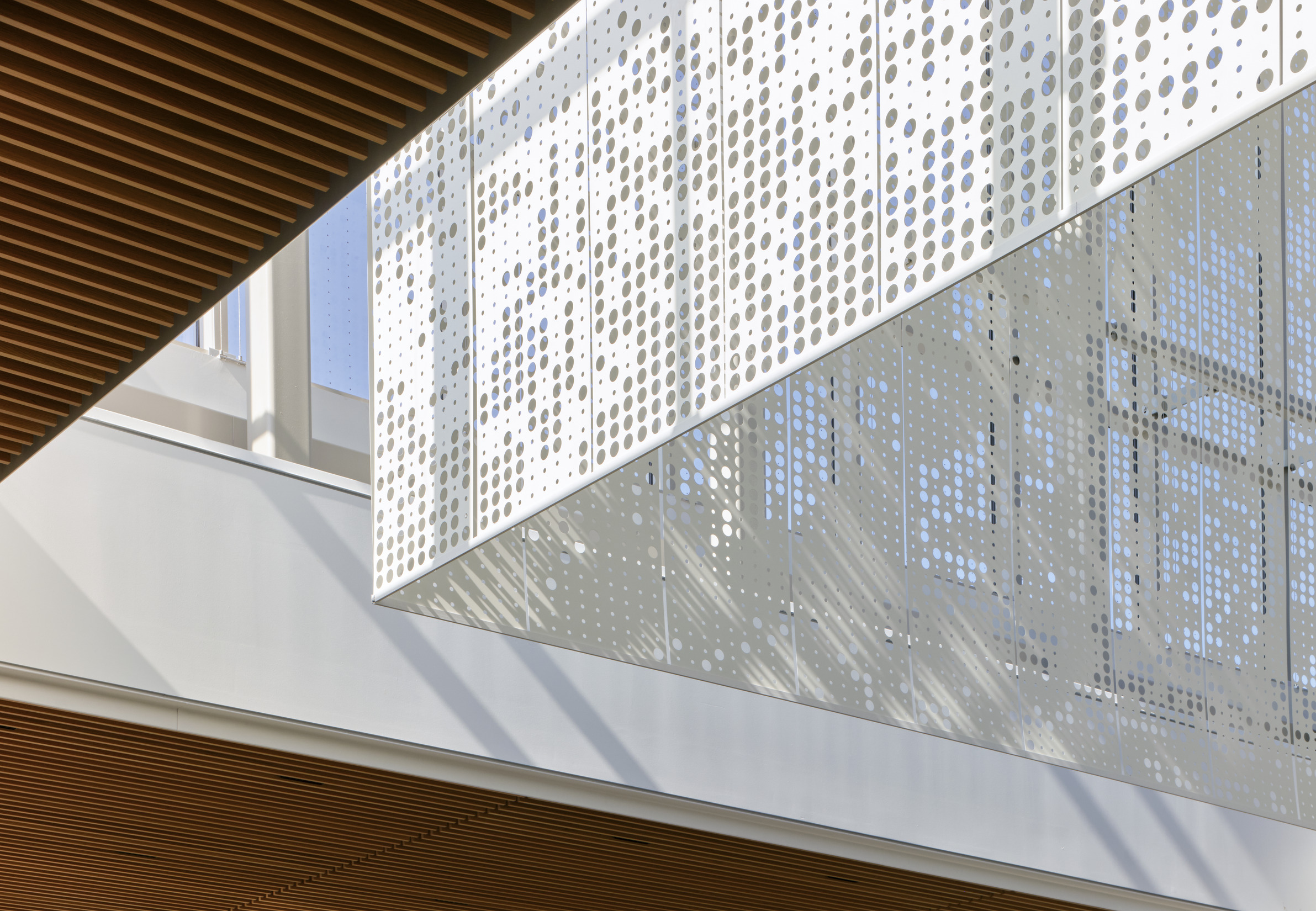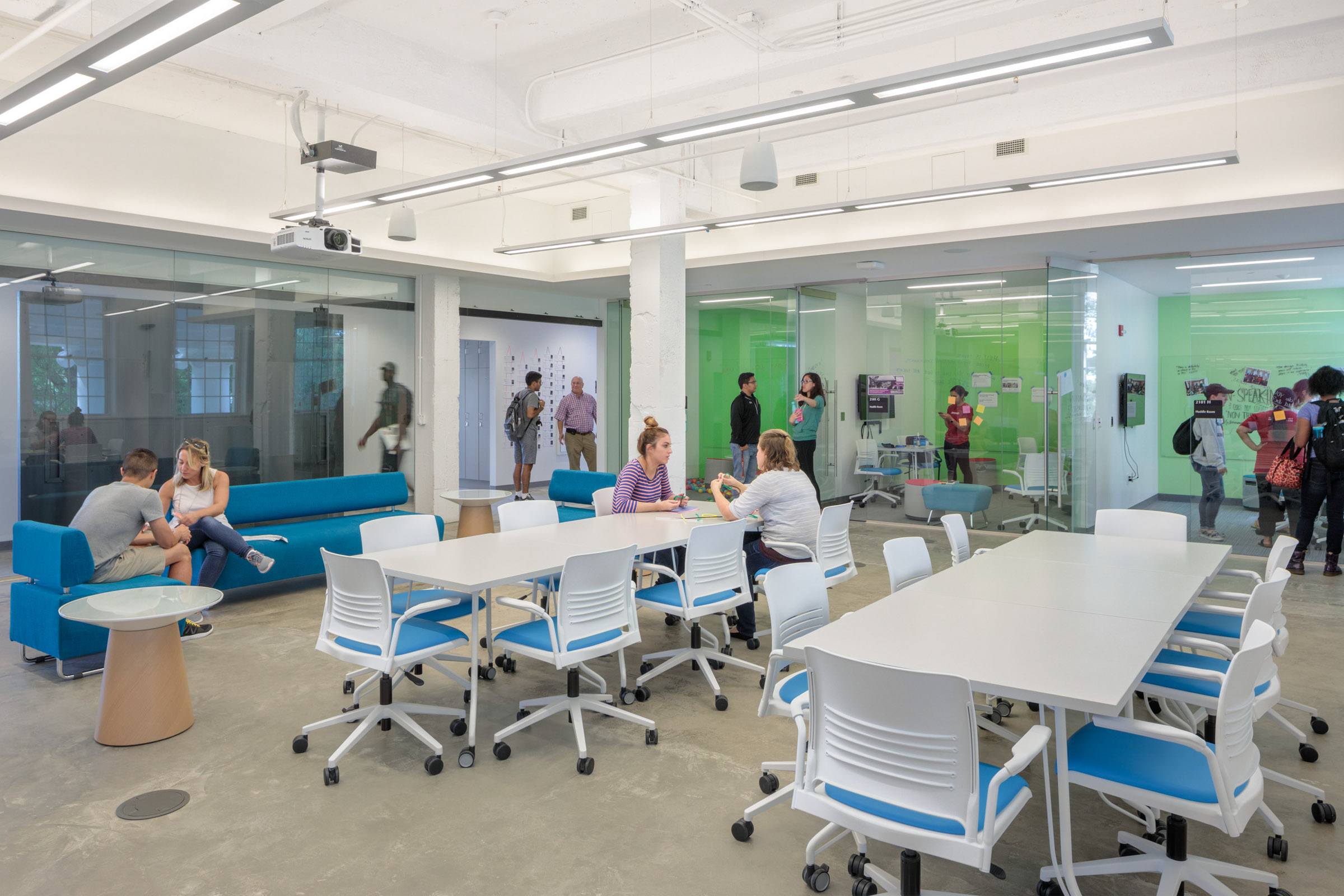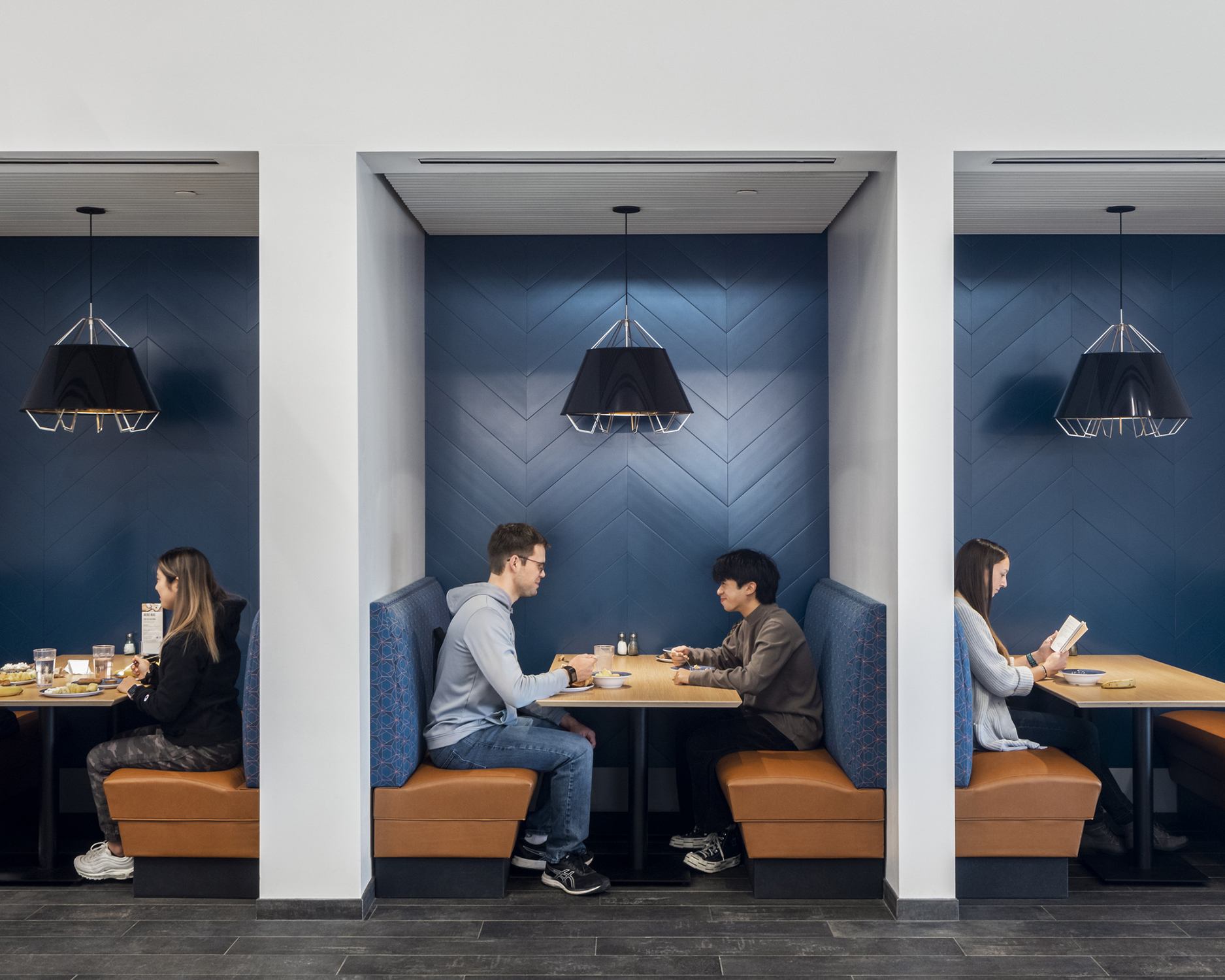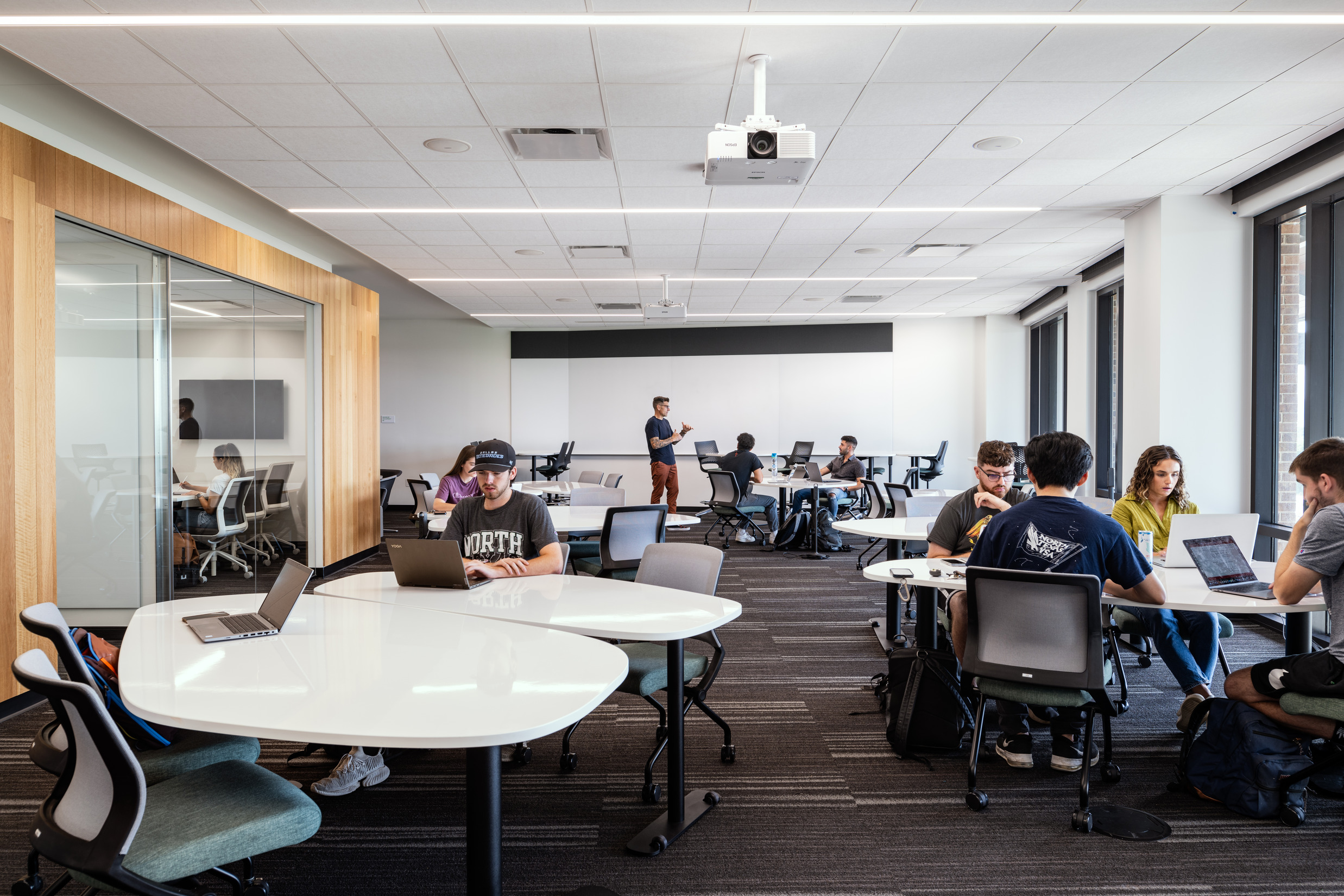We believe visualization is the communication of design. Here are four ways our focus on visualization has changed the way we work:
Visualization is storytelling.
What does it mean to visualize? As visual thinkers, designers have a talent for imagining how various design choices might fit together. From the first pencil sketch, the shape and purpose of a project comes to life. With backgrounds in architecture, art, animation, video game design, and user experience and user interface design, our visualization team is uniquely positioned to be the storytellers for every project. Working with architects, interior designers, landscape architects, and planners, we dissect the main priorities and style of a project, which we then convey graphically to replicate how the finished project will be experienced in the real world. Integrating 3D rendering with 2D post-processing, AI imagery manipulation, and illustration expertise allows us to capture the spirit of a place. These images are particularly essential for communicating with clients and early feasibility imagery, helping them to get excited and imagine their environment in a new way.
Visualization gives clarity.
Our visualization team works at the cross-section of a lot of different conversations, whether between studios in our interdisciplinary firm, our external partners, clients, or end user groups. The visualization process adds clarity to choices from things as small as a single chair fabric selection to entire campus visions. Including visualization as an integral part of the design process leads to more confident decision making, building trust with our clients, and helping us avoid unnecessary design revisions.
Visualization is flexible.
The visualization team makes it a priority not to be bound by a single technology, but rather to embrace a workflow that is facile and iterative, allowing for quick changes and experimentation. The visualization team constantly looks to push our final deliverables to be in the cutting edge of interactive experiences, virtual reality and augmented reality, and embedding data. Flexible workflows are critical to stitch together information and ideas from any source (even a napkin sketch) into a cohesive single environment. This, in turn, empowers our project teams to make quick and confident decisions.
Visualization is custom.
Visualization is curated to the needs of the project. It is about telling the right story for each project at each point in its life cycle. A visualization for a project in its initial conceptual stages might be more rough and sketchy, with blended hues of watercolor, while a rendering for a nearly completed project will be more fully interactive, with video tours or data displays. Telling the right story for each stage of the project is critical for maintaining communication – and excitement – throughout each project’s life cycle.
More than just eye-catching renderings and cool animations, visualization is a crucial tool for communication during the life of any project. Reach out if you want to learn how we can help tell your design story.



